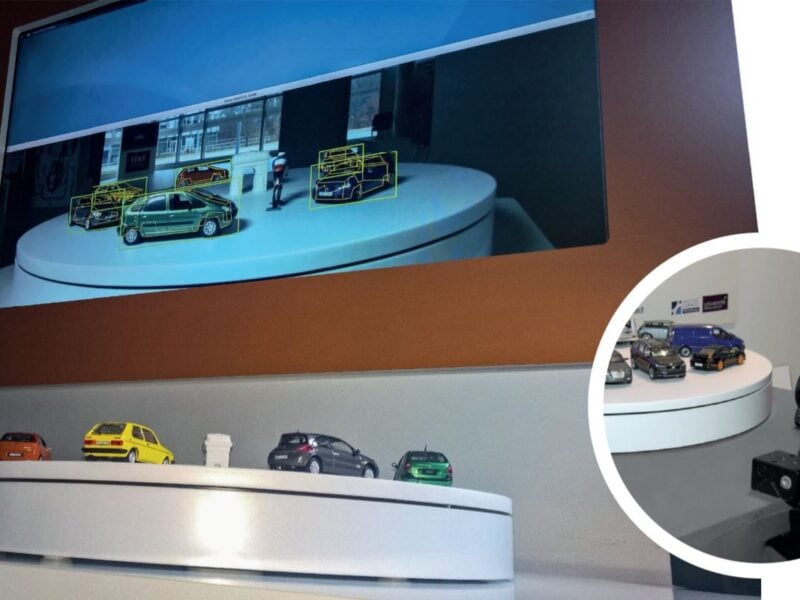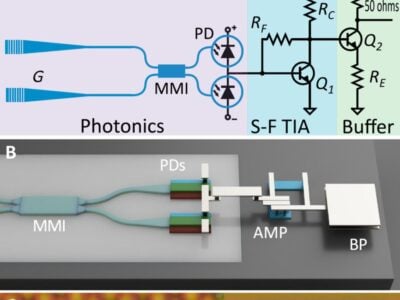
Multi-task deep learning algorithm speeds up in-video analytics
The result of more than 10 years of research at List, the flexible algorithm dubbed DeepManta combines a native multi-task architecture with enhancements to conventional deep-learning algorithms, allowing the AI system to extract different types and levels of information simultaneously and in real-time.
To be demonstrated at CES 2018, DeepManta is able to selectively recognize and extract objects from a video stream, for example to identify vehicles, their type and position and counting them. At CES, global supplier of advanced automotive technology Valeo will partner with List to demonstrate DeepManta’s support for autonomous driving.
The demonstration setup includes a video stream captured by a stationary camera and displayed live on a screen. Different objects, such as miniature cars, move into the camera’s field of view, where the AI algorithm selectively recognizes them, automatically generating visual annotations, labelling the cars with the logo of their make together with model information. The multi-task deep learning algorithm also frames the objects within 2D and 3D boxes to locate them spatially in the video in real time.
The researchers anticipate that such automated perception capacity will open up new services with significant social and business impacts, ranging from guidance for blind people to video surveillance or product aspect control on live manufacturing lines.
“DeepManta delivers one of the promises of AI: providing assistance to users by automatizing and parallelizing tasks that normally would require their full attention,” said Stéphane David, industrial partnership manager at List. “It excels at each individual task, but requires much less overall memory and processing power than parallel architectures that use one algorithm per task.”
The system uses a standard video camera connected to a laptop equipped with a powerful GPU. The video feed is processed by the algorithm running on the laptop and the result of the analysis, including incrustations, is broadcast with a very low latency onto the screen.
List – www-list.cea.fr
 If you enjoyed this article, you will like the following ones: don't miss them by subscribing to :
eeNews on Google News
If you enjoyed this article, you will like the following ones: don't miss them by subscribing to :
eeNews on Google News




